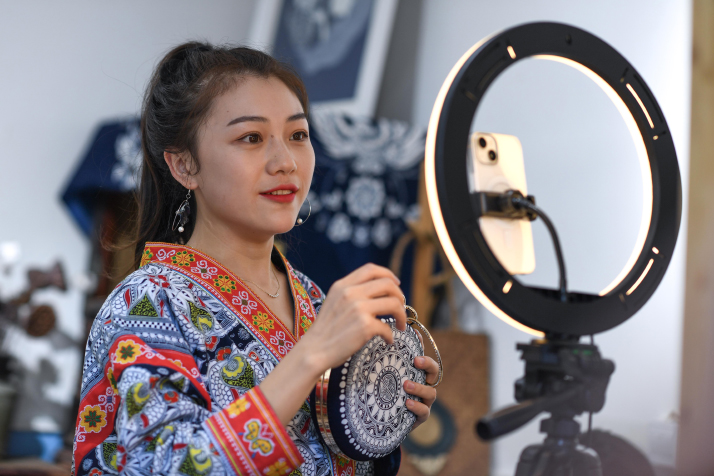BEIJING: It’s early morning in a park in China. People, mostly seniors, wearing loose, almost pajama-like, outfits with a mandarin collar are honing their Taijiquan skills. More commonly known as tai chi, this is a traditional Chinese martial art practiced for defense training, health benefits and meditation. The characteristically relaxed and circular movements have their roots in the mid-17th century in Wenxian County, Henan Province.
In 2020, Taijiquan was added to UNESCO’s Representative List of the Intangible Cultural Heritage of Humanity during the 15th Session of the Intergovernmental Committee for Safeguarding Intangible Cultural Heritage. On its website, UNESCO described how the practice works “in harmony with breath regulation and the cultivation of a righteous and neutral mind,” and is “practiced throughout the country by people of all ages and ethnic groups.”
During the opening ceremony of the Beijing 2008 Summer Olympics, this cultural icon was a major part of the grand performance. With hundreds of millions of fans worldwide, it has also become the latest addition to China’s 42 intangible cultural heritage items inscribed on UNESCO’s list, the most among all countries.
So far, the State Council has released five lists that cover 1,557 national intangible cultural heritage items, including Taijiquan. Handicrafts, foods, operas and all other forms of artistry receive protection as well as promotion among the wider public courtesy of numerous policies, campaigns and programs. The swift technological development over the past decade, too, has benefited the combined promo efforts. Currently, more than 90,000 Chinese people have been officially acknowledged as intangible cultural heritage inheritors, including 3,060 for national heritage, according to the country’s Ministry of Culture and Tourism.
Hu Zuolin, a clay sculptor, is one of them. He can create a 1:1 portrait head in clay from pictures or living models within two hours, meticulously molding both the subject’s shape and expression. His deft hands have earned him the nickname “Clay Master Hu.”
Born in Huangpi, Hubei Province, his father once repaired a statue of a Bodhisattva in a temple. Mimicking his father’s every move, the young Hu in the 1970s already started “playing with mud”—in his words. After years of studying under several famous sculpture professors, Hu then set up his own workshop. He used to sit in front of the mirror and create figurines of himself to refine his skills. One of his regular exercises was to craft a teapot copy of the exact same size and scale without a ruler, with an error margin of less than 2 mm.
–The Daily Mail-Beijing
Review news exchange item






